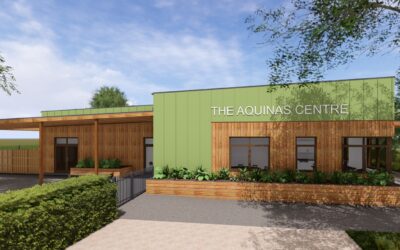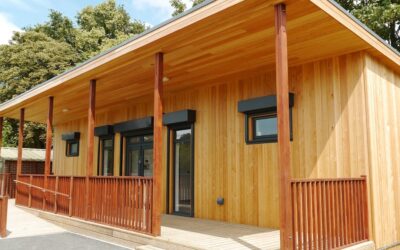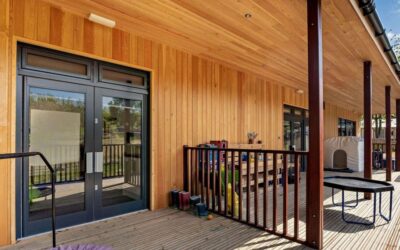TG Escapes Blog
Healthy Mental Well-Being
Last month, Theresa May announced new measures to support the mental health of children and adolescents, noting that “mental illness too often starts in childhood and, when left untreated, it can blight lives and become entrenched.” Over half of adult mental health problems (and almost 25% of the adult population will be suffering in any one year) begin by the age of 14 and 75% by age 18. So whilst the measures are to be welcomed, they are not to be fully implemented until 2020, leaving a wide (and widening) gap to be bridged.
According to the NAHT, around 75% of schools already lack sufficient funds to provide adequate mental health care for all pupils: around two thirds no longer have in-school counsellors. Meanwhile, Children and Adolescent Mental Health Services are overwhelmed and currently 25% of referrals are turned away. And the pressures on student stress keep mounting up, as the new (ominously named) terminal exam system comes into play this year. Not to mention ever rising costs and tightening constraints on staff time and school budgets.
It is a grim picture, but there are methods that can be employed which can promote a more robust state of mental well-being for many (if not most) students, without the need for specialist psychological training of staff or labour intensive one-on-one pupil support. Setting aside some time, perhaps during PSHE sessions, to relieve a little of the stress and pressure can have a positive impact on mental health. It does not mean, however, that staff need to gen up on meditative techniques or mindfulness practices.
Perhaps you could kick start a mental well-being plan by getting your students involved in next week’s inaugural Children’s Mental Health Week. Spanning 6th to 12th February, the campaign is being organised by Place2Be, a national charity currently working in over 200 schools to provide emotional support to children and their parents and advice to teaching professionals. The theme of next week will be to spread a little kindness, which you could perhaps lead by example and just let your students out of the classroom and into the fresh air.
If the February weather and endless rain relents, just getting the kids outside for an hour or so can make a huge difference to their energy levels and mental state. Contact with nature has been proven to result in recovery from stress and attention fatigue, whilst being outside has been shown to significantly improve self-esteem, self-confidence and social interactivity.
A fundamental philosophy of the TG Escapes is that exposure to, and experience of, the natural environment has a significant and positive impact upon children’s physical development, emotional health and mental well-being. Our view is supported by a growing body of evidence demonstrating that contact with, or even simply looking at, natural spaces has a profound effect on our state of mind. Take a look at our Whitepapers (The Outdoor Environment and The Outdoor Environment in Secondary School) for a more detailed analysis of the benefits of a little time spent outdoors.
About the author
More posts from our blog
Education Estates 2025: Surrey County Council Share Their SEND Provision Strategy, Including the Contribution Made by TG Escapes
At the recent Education Estates 2025 conference, I was proud to join Euan Leslie, Programme Manager for our partners Surrey County Council as we presented their ambitious and highly successful strategy for expanding Special Educational Needs and Disabilities (SEND)...
Supporting Active School Life With Modular Sports Pavilions
Physical activity is a crucial part of everyday schooling across the UK. But in many settings, ageing facilities and limited space can prevent pupils from getting the full benefit of PE, sport, and outdoor recreation. Modern sports and leisure pavilions offer an...
Creating Calm, Purposeful Spaces for SEMH Learners
For students with Social, Emotional, and Mental Health (SEMH) needs, the right environment can make a world of difference. In an ideal setting, buildings are a key part of the therapeutic process, shaping behaviour, supporting emotional regulation, and helping...



